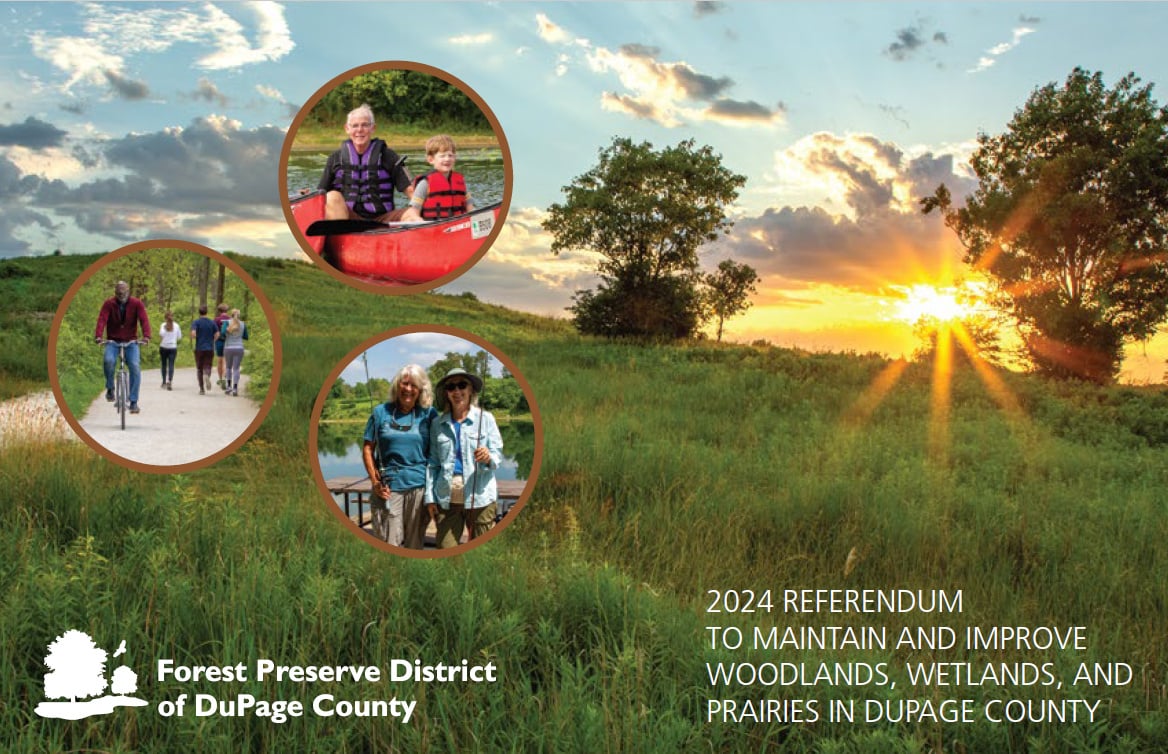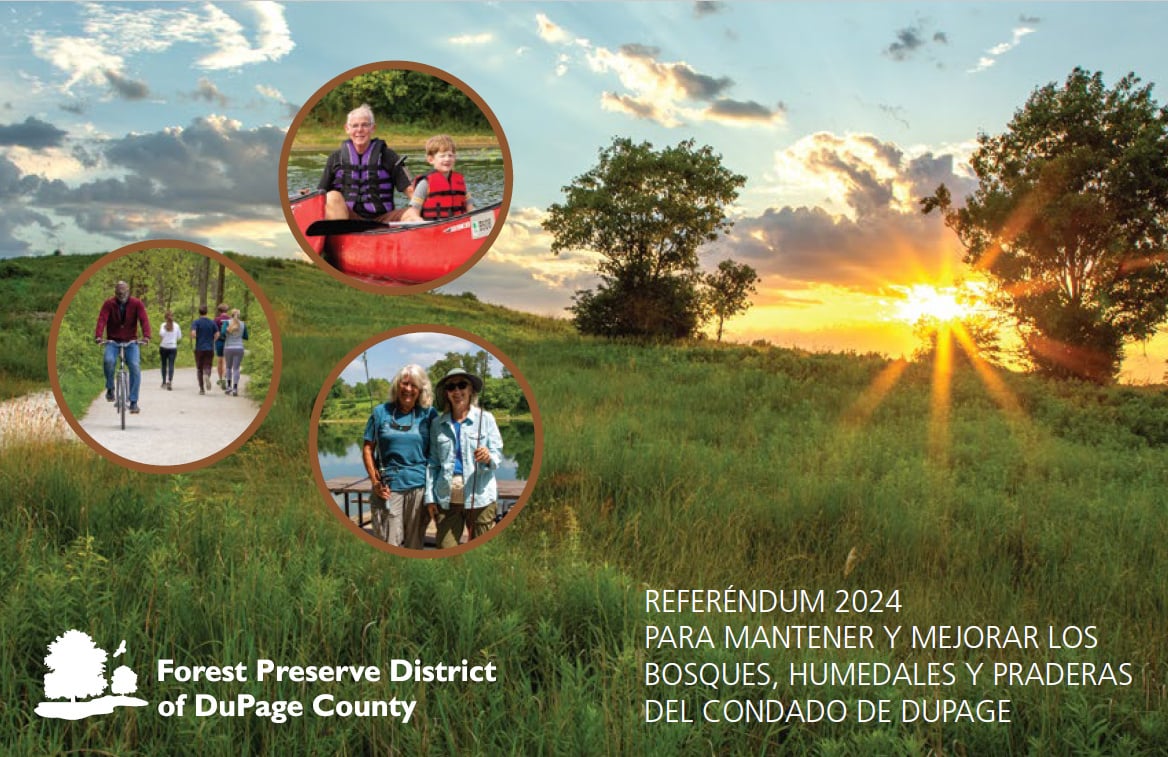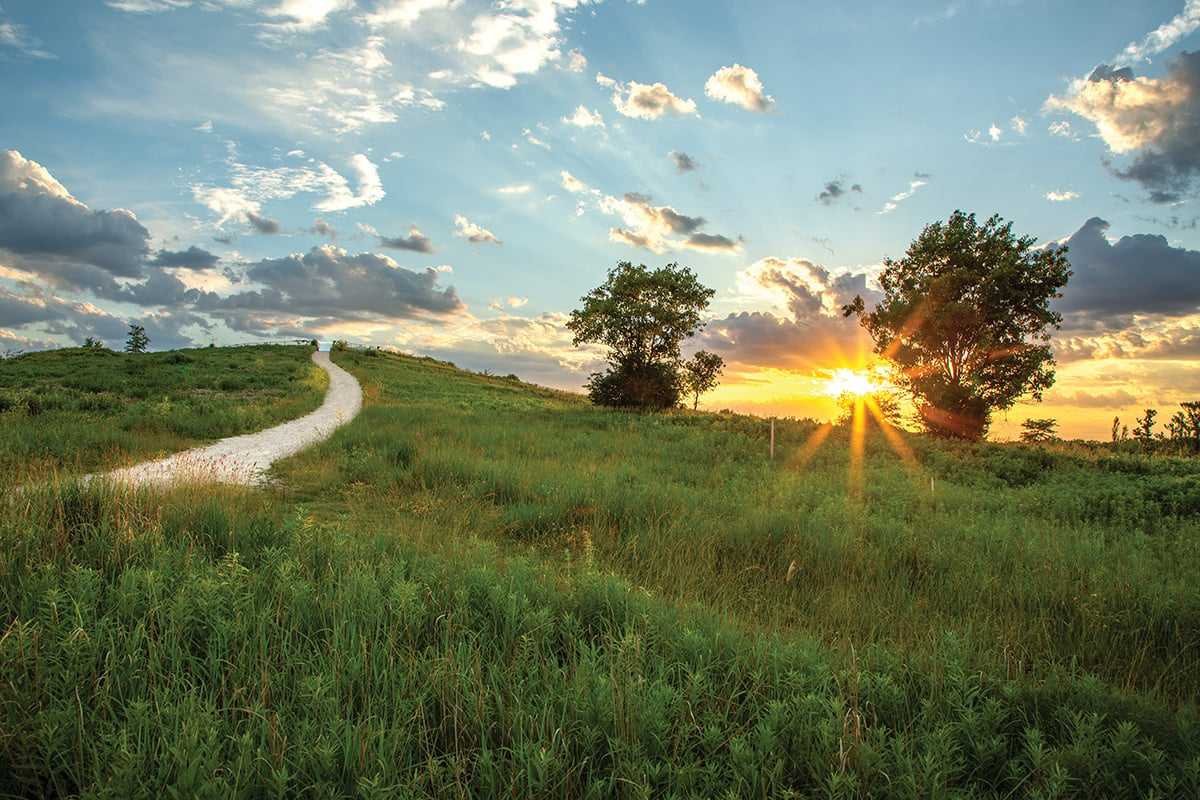
Referendum 2024 Information
The Forest Preserve District of DuPage County improves the quality of life for all DuPage County residents. However, the District is at a crossroads.
Pressure from sustained record-high visitation and increased operating costs make the maintenance and protection of our open spaces more challenging than ever, but the portion of property taxes the Forest Preserve District receives has decreased in recent years.
Watch our informational referendum video.
Much has changed since 2006, when DuPage County voters last approved a Forest Preserve District referendum.
Increase in Annual Visitation
In 2006, 3 million people visited the forest preserves. Last year, 5.5 million did.

Increase in Stewardship
In 2006, the District had less land and fewer trails. It also had thousands of acres in need of restoration.

Decrease in Property Tax Share
In 2006 the Forest Preserve District received $2.30 for every $100 paid in property taxes.
Today, it receives $1.50.


If the referendum passes, revenue per $100 paid in taxes would be $1.90.
Increase in Nature Restoration Costs
In 2006, it cost $4,000 to restore one acre. Today, it costs $12,600.

What's on the Ballot in 2024
The current property tax levy does not provide enough annual revenue to support current operations and allow the Forest Preserve District to acquire additional land.
Therefore, on Nov. 5, the Forest Preserve District will ask voters to consider a referendum to increase the limiting rate of its tax levy.
This increase will provide additional funding to the District for various purposes, including:
- Preserving, restoring, and maintaining forests, open spaces, and water quality.
- Acquiring lands to protect rivers, watersheds, and wildlife habitats.
- Planting trees and enhancing flood control and drainage systems.
- Maintaining and improving woodlands, wetlands, and prairies.
- Providing nature education and outdoor opportunities for all ages.
- Increasing access and safety in forest preserves.
- Improving recreational amenities like multi-use trails and campgrounds.
What It Means
If you own property in DuPage County, you would pay $11.67 more per year for every $100,000 of its market value. This would generate an additional $17 million in annual revenue to support the mission of the Forest Preserve District.

Who We Are
5.5 Million Annual Visitors

26,000 Acres

60 Forest Preserves
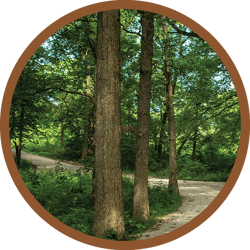
175 Miles of Trails

47 Miles of Waterways

7 Education Centers
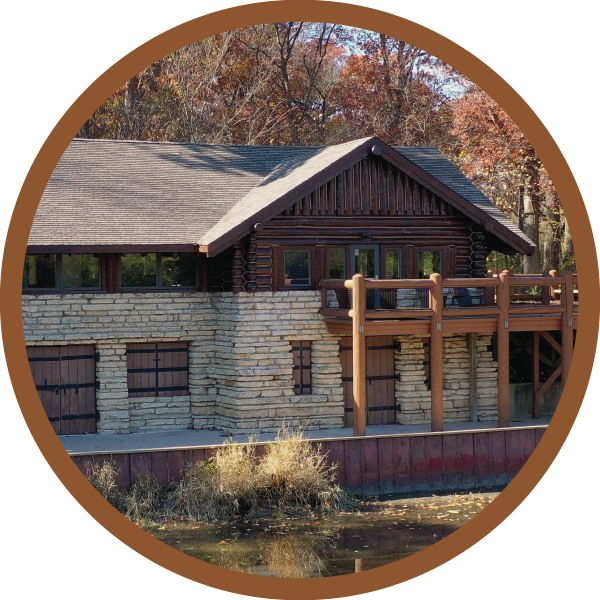
Official Ballot Question
Proposition to Increase the Limiting Rate to Maintain and Improve Woodlands, Wetlands and Prairies in DuPage County
Shall the limiting rate under the Property Tax Extension Limitation Law for the Forest Preserve District of DuPage County, Illinois, be increased by an additional amount equal to 0.0350% above the limiting rate for levy year 2023 for the purpose of preserving, restoring, and maintaining forests, open spaces, and water quality; acquiring lands to protect rivers, watersheds, and wildlife habitat; planting trees; enhancing flood control and drainage; maintaining and improving forest preserve woodlands, wetlands and prairies; providing nature education and outdoor opportunities for all ages; increasing forest preserve access and safety; improving recreational amenities such as multi-use trails and campgrounds; and for other purposes of the Forest Preserve District of DuPage County, and be equal to 0.1033% of the equalized assessed value of the taxable property therein for levy year 2024?
(1) The approximate amount of taxes extendable at the most recently extended limiting rate is $33,315,240 and the approximate amount of taxes extendable if the proposition is approved is $50,387,471.
(2) For the 2024 levy year the approximate amount of the additional tax extendable against property containing a single family residence and having a fair market value at the time of the referendum of $100,000 is estimated to be $11.67.
(3) If the proposition is approved, the aggregate extension for 2024 will be determined by the limiting rate set forth in the proposition, rather than the otherwise applicable limiting rate calculated under the provisions of the Property Tax Extension Limitation Law (commonly known as the Property Tax Cap Law).
The increase would provide the Forest Preserve District with essential funding to:
- Preserve, restore, and maintain forests, open spaces, and water quality.
- Acquire lands to protect rivers, watersheds, and wildlife habitats.
- Plant trees and enhance flood control and drainage systems.
- Maintain and improve woodlands, wetlands, and prairies.
- Provide nature education and outdoor opportunities for all ages.
- Increase access and safety in forest preserves.
- Improve recreational amenities like multiuse trails and campgrounds.
Our preserves are more popular than ever and under more stress, too. Pressure from sustained record-high visitation and increased operating costs make the maintenance and protection of our open spaces more challenging and resource intensive than ever, but the portion of property taxes the Forest Preserve District receives has decreased in recent years.
Since 2006, when voters last approved a Forest Preserve District referendum the annual visitor count, which remained steady at 3 million until 2020, grew to its present-day 5.5 million (an exponential 83% increase). During that time, for every dollar a property owner pays in real estate tax, the rate going to the Forest Preserve District has dropped from 2.3 cents per dollar to 1.5 cents per dollar.
In addition to more preserve visitors, the Forest Preserve District now has more holdings to protect than ever before. Since 2006, the Forest Preserve District has grown by more than 600 acres of open space, added 30 miles of trails, restored 8,500 acres of land, and restored 30 miles of rivers and streams. Unfortunately, open space isn’t free space, and ongoing maintenance of these ecological and recreational assets requires resources.
No. The current property tax levy does not provide the Forest Preserve District with enough revenue annually to support existing operations and acquire additional land. In fact, in 2024 the tax levy will fall short of meeting the District’s operating expenses alone by $7.5 million.
As part of its commitment to open government, the Forest Preserve District routinely reports its expenditures and annually conducts an audit of how funds are spent. The Forest Preserve District’s annual comprehensive financial report has earned recognition for excellence in financial reporting for 36 consecutive years. In addition, the Forest Preserve District has earned recognition for its popular annual financial report and budget for the past two years, again exceeding statutory minimums to provide the highest level of transparency to its residents and those interested in the Forest Preserve District. It maintains Standard and Poor’s AAA credit rating, the agency’s highest, which shows an extremely strong capacity to meet financial commitments. For more information about District finances, visit our transparency portal.
The Forest Preserve District is an independent unit of local government. Although we work collaboratively with the county to find efficiencies that benefit resident taxpayers, we are governed by separate boards, and we are funded by separate revenues.
More than two-thirds of the Forest Preserve District’s budget is funded by property taxes. This is in contrast with municipalities, which are also funded by sales, income, motor fuel, hotel, utility, and restaurant taxes.

The District actively pursues funding from grants, donations, and user fees, but these funding sources differ from year to year and are not sufficient to consistently offset the costs to maintain and improve the District’s 26,000 acres of woodlands, wetlands, prairies, and waterways that support people and wildlife in DuPage County. For more information about District finances, visit our transparency portal.
The Forest Preserve District does have environmental funds specifically established for the maintenance and operation of retired landfills contained on Forest Preserve District property. These funds are protected for the benefit of the retired landfills and long-term environmental protection. While some of the interest earned on these protected funds can be spent to help make sure the preserves and service levels are maintained in the short term, the use of environmental fund interest earnings is not sustainable as a long-term strategy.
Generating sufficient tax levy revenue would eliminate the need to subsidize operations with environmental fund interest earnings and ensure the Forest Preserve District’s ability to prudently administer the balance of the environmental fund for their intended purpose.
If you own property in DuPage County, your tax bill would increase approximately $11.67 per year for every $100,000 of its value.
Without this increase to the tax levy rate, the Forest Preserve District will need to analyze its current operations and determine where it can adjust its priorities. This might include:
- Less restoration and maintenance of high-quality woodlands, wetlands, and prairies
- Reduction of services and programs for the public
- Limited resources for future land acquisitions
- Significant stress upon remaining environmental funds to subsidize basic operations
- No capital maintenance, improvements, or infrastructure repairs that will result in higher replacement costs in the future
The referendum question is asking voters whether to allow the Forest Preserve District to increase its tax levy rate by 0.0350% over the existing limiting rate. The tax levy rate dictates the amount of money the Forest Preserve District receives from DuPage County property tax bills.
Per state law, the Forest Preserve District can only make this increase with voter approval.
Voter Information
The general election will be held on Tuesday, Nov. 5. Polling places are open from 6 a.m. until 7 p.m. In-person early voting begins Thursday, Sept. 26.
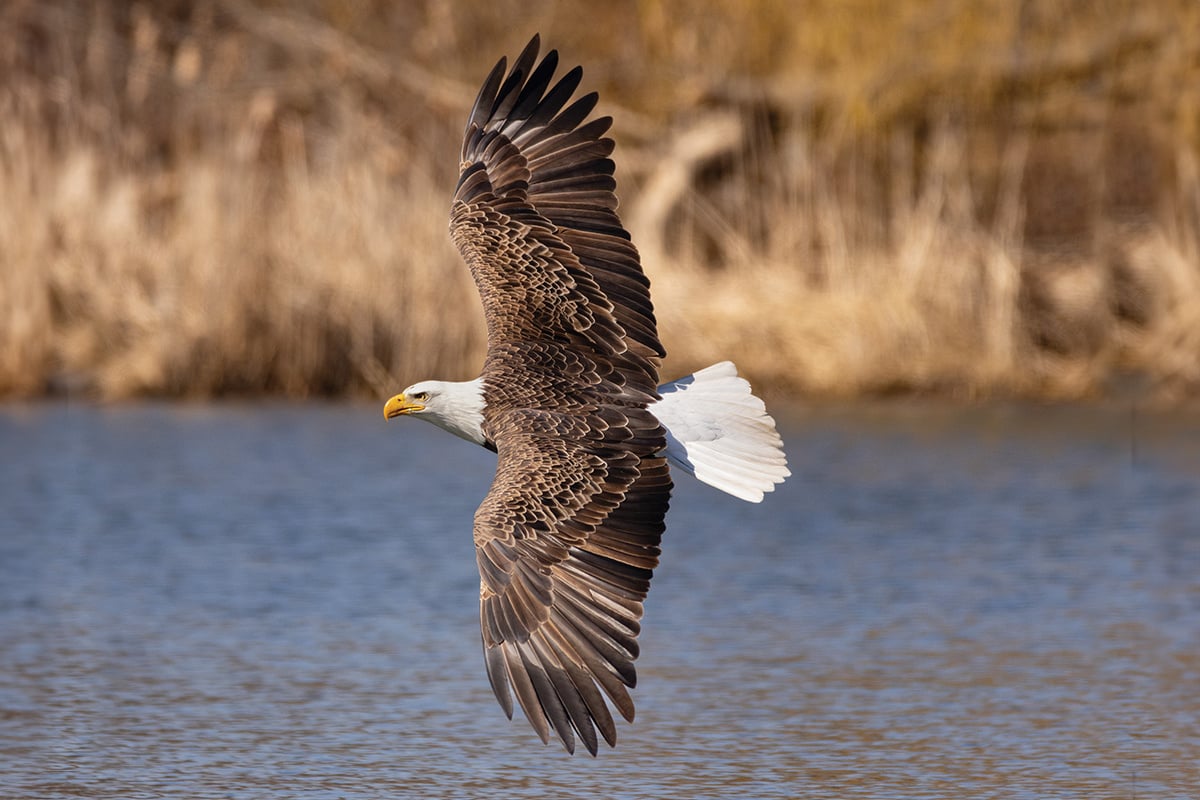
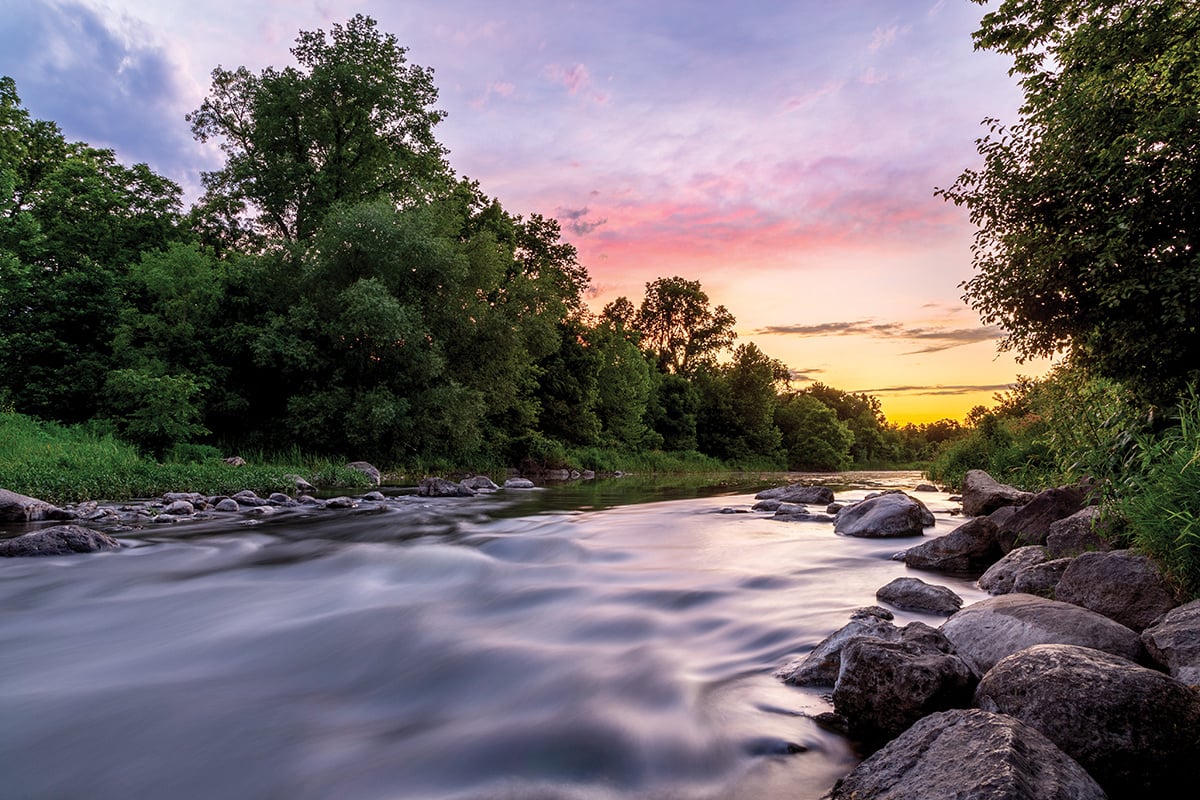
Contact Us
We value your input. If you have any additional questions or comments about the referendum, email us at forest@dupageforest.org or fill out our referendum feedback form.
For media inquiries, contact media@dupageforest.org.
